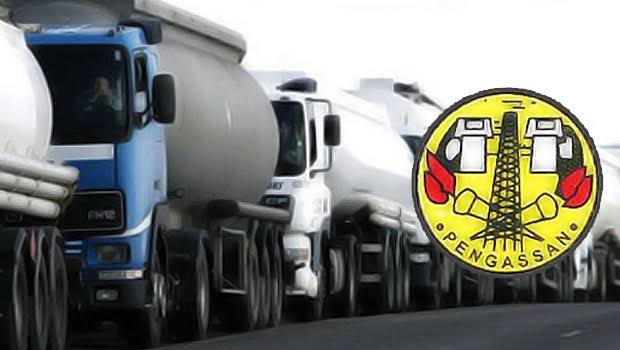
Nigeria’s inflation rate declined to 22.97 per cent in May 2025, according to the National Bureau of Statistics (NBS).
This marks a 0.74 percentage point drop from the 23.71 per cent recorded in April 2025.
Year-on-year, headline inflation decreased by 10.98 percentage points from 33.95 per cent in May 2024.
The figures were revealed in the NBS Consumer Price Index report for May 2025, released on Monday.
The report read, “In May 2025, the Headline inflation rate eased to 22.97 per cent relative to the April 2025 headline inflation rate of 23.71 per cent.
“Looking at the movement, the May 2025 Headline inflation rate decreased 0.74 per cent compared to the April 2025 Headline inflation rate.”
It shows that the decline in the inflation rate was largely driven by a slowdown in the rate of increase in the average prices of goods and services.
According to the report, on a month-on-month basis, the headline inflation rate stood at 1.53 per cent in May 2025, lower than the 1.86 per cent recorded in April.
This indicates that while prices continued to rise, they did so at a slower pace compared to the previous month.
Food inflation remained a major driver of overall inflation. The food inflation rate stood at 21.14 per cent year-on-year in May, a sharp drop from 40.66 per cent recorded in the same month last year.
The NBS attributed the sharp annual drop to the change in the base year, following the CPI rebasing.
On a month-on-month basis, however, food inflation rose to 2.19 per cent in May from 2.06 per cent in April, driven by increases in the prices of yam, cassava, maize flour, sweet potatoes, fresh pepper, and ogbono.
Urban inflation stood at 23.14 per cent year-on-year, lower than 36.34 per cent in May 2024.
Urban inflation rose slightly to 1.40 per cent in May, up from 1.18 per cent in April.
In contrast, rural inflation declined to 22.70 per cent year-on-year, down from 31.82 per cent recorded in May 2024. On a monthly basis, rural inflation slowed to 1.83 per cent from 3.56 per cent in April.
Core inflation, which excludes volatile items like agricultural produce and energy, dropped to 22.28 per cent in May, compared to 27.04 per cent in the same month last year. Month-on-month, core inflation also eased to 1.10 per cent from 1.34 per cent in April.
The breakdown of contributions to headline inflation revealed that food and non-alcoholic beverages remained the largest driver, accounting for 9.20 percentage points. Other significant contributors were restaurants and accommodation services (2.97 per cent), transport (2.45 per cent), housing, water, electricity, gas and other fuels (1.93 per cent), and education (1.42 per cent).
On a month-on-month basis, Bayelsa State recorded the highest surge in headline inflation at 9.11 per cent, followed by Bauchi (4.85 per cent) and Borno (4.42 per cent). Conversely, Kaduna, Jigawa and Edo saw the steepest monthly declines with -6.75 per cent, -4.40 per cent, and -2.94 per cent, respectively.
In terms of food inflation, Borno posted the highest year-on-year rate at 64.36 per cent, followed by Bayelsa (39.85 per cent) and Taraba (38.58 per cent). Katsina (6.90 per cent), Rivers (9.18 per cent), and Kwara (11.31 per cent) recorded the lowest increases.
Month-on-month, Bayelsa led with a food inflation rate of 12.68 per cent, trailed by Cross River (11.15 per cent) and Anambra (9.10 per cent). Declines were recorded in Katsina (-5.42 per cent), Jigawa (-4.02 per cent), and Kaduna (-3.27 per cent).
Despite the statistical improvements reflected in the CPI rebasing, rising monthly costs of food and essential goods continue to strain household budgets nationwide.








